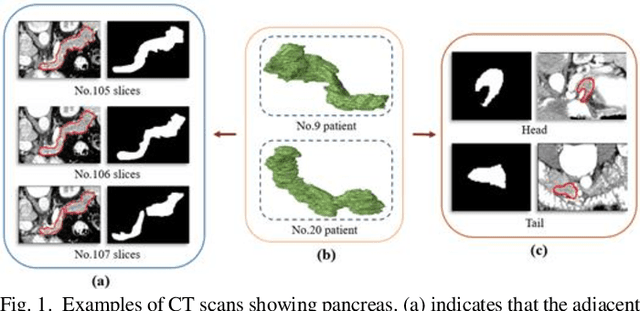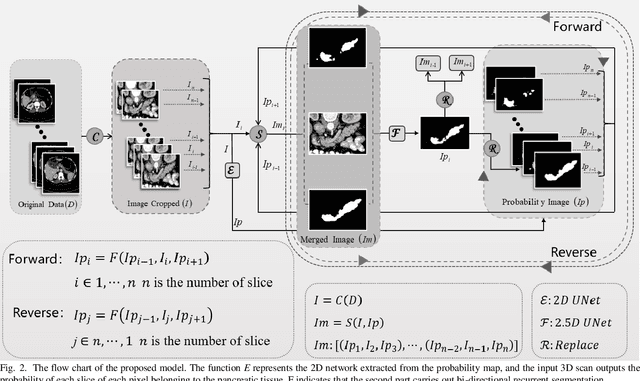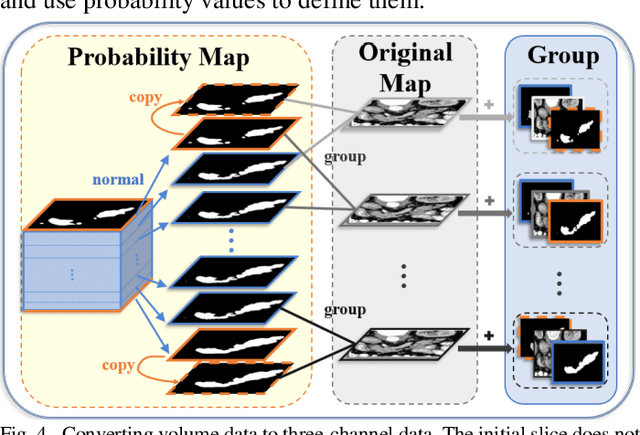Xiaozhu Lin
Learning Agile Swimming: An End-to-End Approach without CPGs
Sep 16, 2024



Abstract:The pursuit of agile and efficient underwater robots, especially bio-mimetic robotic fish, has been impeded by challenges in creating motion controllers that are able to fully exploit their hydrodynamic capabilities. This paper addresses these challenges by introducing a novel, model-free, end-to-end control framework that leverages Deep Reinforcement Learning (DRL) to enable agile and energy-efficient swimming of robotic fish. Unlike existing methods that rely on predefined trigonometric swimming patterns like Central Pattern Generators (CPG), our approach directly outputs low-level actuator commands without strong constraint, enabling the robotic fish to learn agile swimming behaviors. In addition, by integrating a high-performance Computational Fluid Dynamics (CFD) simulator with innovative sim-to-real strategies, such as normalized density matching and servo response matching, the proposed framework significantly mitigates the sim-to-real gap, facilitating direct transfer of control policies to real-world environments without fine-tuning. Comparative experiments demonstrate that our method achieves faster swimming speeds, smaller turning radii, and reduced energy consumption compared to the conventional CPG-PID-based controllers. Furthermore, the proposed framework shows promise in addressing complex tasks in diverse scenario, paving the way for more effective deployment of robotic fish in real aquatic environments.
Probability Map Guided Bi-directional Recurrent UNet for Pancreas Segmentation
Apr 07, 2019



Abstract:Pancreatic cancer is one of the most lethal cancers as morbidity approximates mortality. A method for accurately segmenting the pancreas can assist doctors in the diagnosis and treatment of pancreatic cancer, but huge differences in shape and volume bring difficulties in segmentation. Among the current widely used approaches, the 2D method ignores the spatial information, and the 3D model is limited by high resource consumption and GPU memory occupancy. To address these issues, we propose a bi-directional recurrent UNet based on probabilistic map guidance (PBR-UNet). PBR-UNet includes a feature extraction module for extracting pixel-level probabilistic maps and a bi-directional recurrent module for fine segmentation. The extracted probabilistic map will be used to guide the fine segmentation and bi-directional recurrent module integrates contextual information into the entire network to avoid the loss of spatial information in propagation. By combining the probabilistic map of the adjacent slices with the bi-directional recurrent segmentation of intermediary slice, this paper solves the problem that the 2D network loses three-dimensional information and the 3D model leads to large computational resource consumption. We used Dice similarity coefficients (DSC) to evaluate our approach on NIH pancreatic datasets and eventually achieved a competitive result of 83.35%.
Pancreas Segmentation via Spatial Context based U-net and Bidirectional LSTM
Mar 03, 2019



Abstract:Pancreas is characterized by small size and irregular shape, so achieving accurate pancreas segmentation is challenging. Traditional 2D pancreas segmentation network based on the independent 2D image slices, which often leads to spatial discontinuity problem. Therefore, how to utility spatial context information is the key point to improve the segmentation quality. In this paper, we proposed a divide-and-conquer strategy, divided the abdominal CT scans into several isometric blocks. And we designed a multiple channels convolutional neural network to learn the local spatial context characteristics from blocks called SCU-Net. SCU-Net is a partial 3D segmentation idea, which transforms overall pancreas segmentation into a combination of multiple local segmentation results. In order to improve the segmentation accuracy for each layer, we also proposed a new loss function for inter-slice constrain and regularization. Thereafter, we introduced the BiCLSTM network for stimulating the interaction between bidirectional segmentation sequence, thus making up the boundary defect and fault problem of the segmentation results. We trained SCU-Net+BiLSTM network respectively, and evaluated segmentation result on the NIH data set. Keywords: Pancreas Segmentation, Convolutional Neural Networks, Recurrent Neural Networks, Deep Learning, Inter-slice Regularization
 Add to Chrome
Add to Chrome Add to Firefox
Add to Firefox Add to Edge
Add to Edge